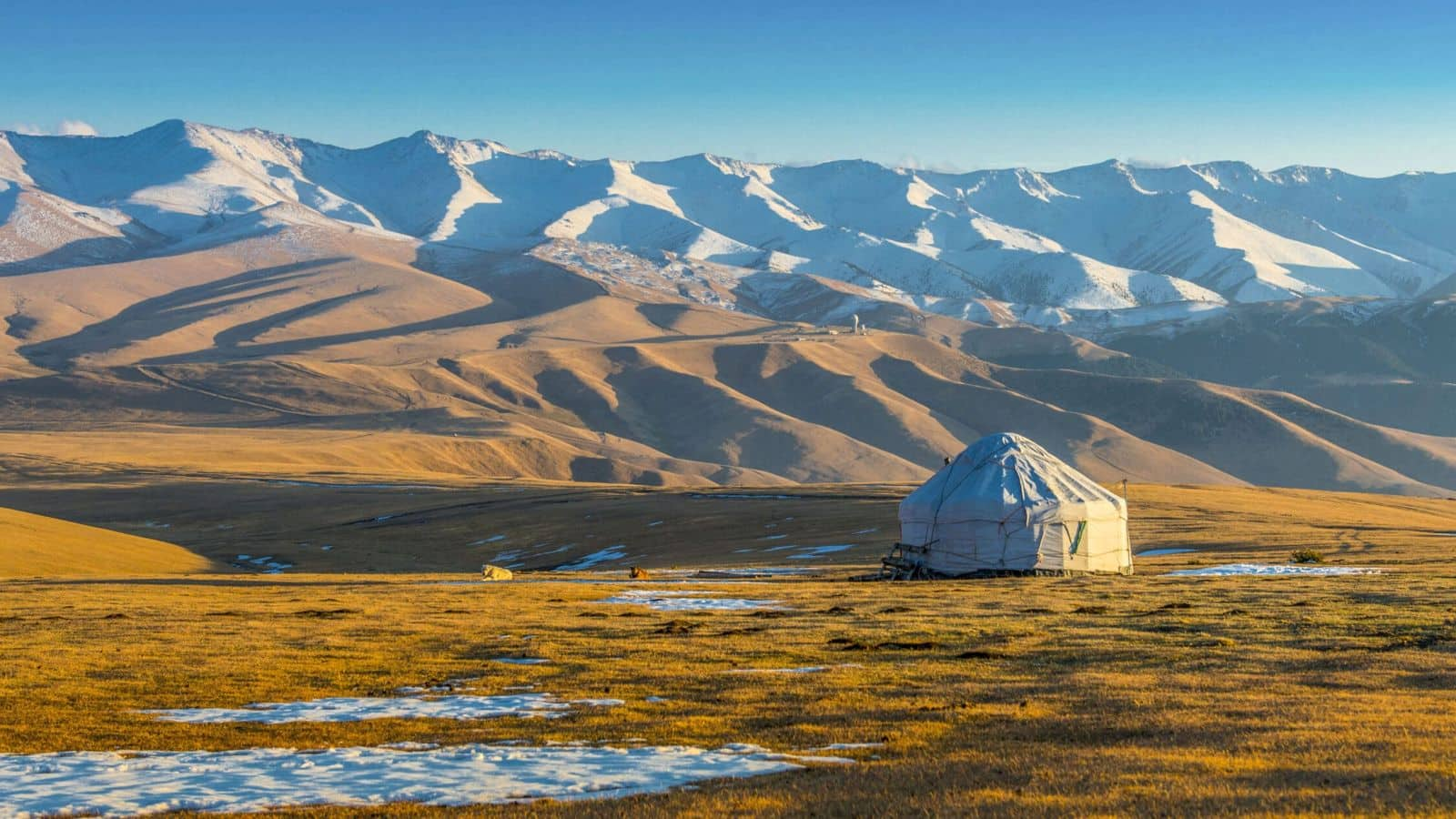
Journey through time: Silk Road caravan expedition in Central Asia
What's the story
The Silk Road, an extensive network of trade routes, historically connected the East and West across Central Asia. Vital for cultural and economic exchanges between civilizations, it now invites modern explorers on a caravan expedition. This journey offers a glimpse into diverse landscapes, rich histories, and vibrant cultures, echoing the lives of ancient traders who once traversed these paths.
History exploration
Uncover ancient cities
A Silk Road expedition highlight is discovering ancient cities like Samarkand in Uzbekistan and Merv in Turkmenistan. Once bustling trade hubs, they now boast architectural gems such as mosques, madrasas, and mausoleums. These sites narrate stories of their illustrious past. Strolling through these cities offers a journey through history, with each corner revealing a new tale to explore.
Cultural immersion
Embrace local cultures
The Silk Road is not just about historical sites; it's also an opportunity to immerse yourself in diverse cultures. Participating in local festivals or visiting traditional markets allows travelers to get an authentic taste of Central Asian hospitality. Engaging with artisans who continue age-old crafts such as silk weaving or pottery provides insight into the region's rich cultural heritage and supports local communities.
Nature trails
Marvel at natural wonders
Central Asia's landscape along the Silk Road is astonishingly varied—from vast deserts to towering mountains. The Pamir Mountains offer breathtaking views and challenging treks for nature enthusiasts. Meanwhile, the serene beauty of Lake Issyk-Kul in Kyrgyzstan serves as a perfect spot for relaxation amidst nature's tranquility. These natural wonders add an element of adventure and peace to the journey.
Culinary journey
Savor traditional cuisines
No expedition is complete without indulging in local cuisines that offer a taste of regional flavors and traditions. Central Asian food is hearty and diverse, with dishes like plov (rice pilaf) in Uzbekistan or manty (dumplings) in Kazakhstan. Vegetarian options are plentiful, allowing travelers to enjoy meals that are both delicious and reflective of local agricultural practices.